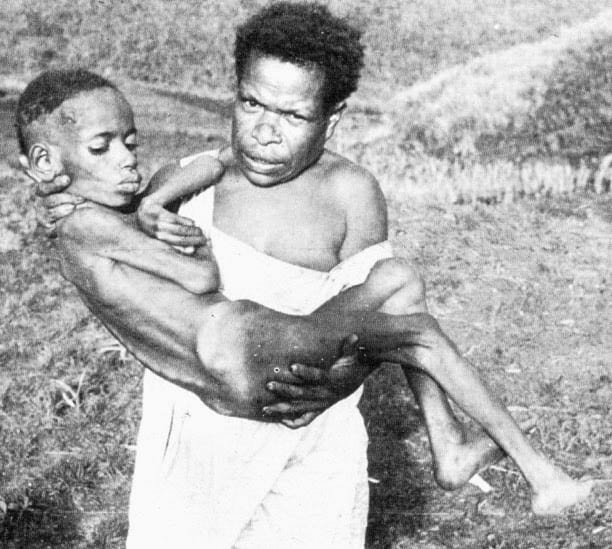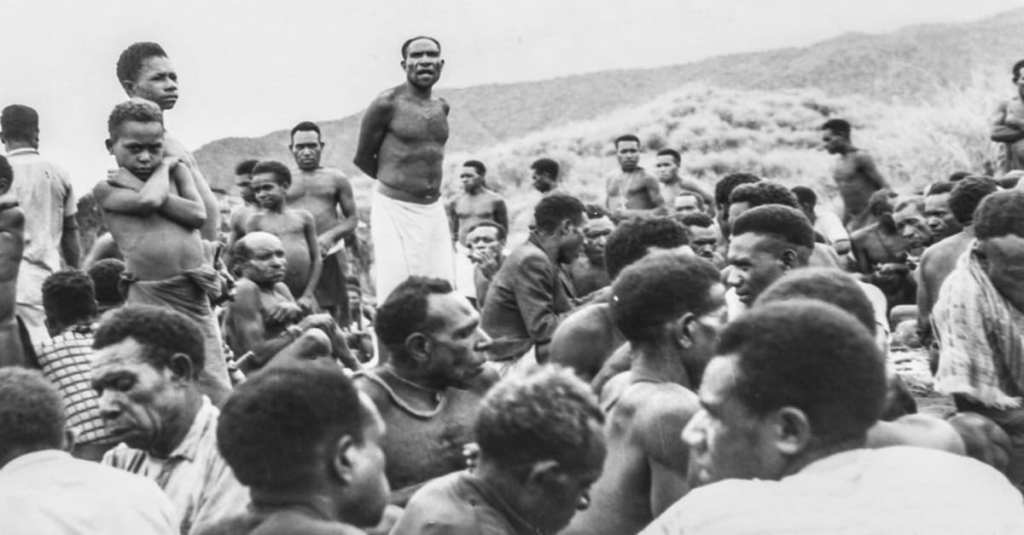When researchers visited the highlands of Papua New Guinea in the 1950s, they were confronted by a unfamiliar tribal society full of unknown practices – and one strange illness that was killing up to 200 members of the Fore tribe every year. The locals called the disease kuru, meaning “shivering” or “trembling,” and the scientists had never seen anything like it.
The illness began with loss of motor function, and, as the victims degenerated, emotional control went too. Eventually, the afflicted could no longer feed themselves or control their bladders. Kuru affected mainly women and children younger than eight, meaning the tribe knew they had a big problem: without young women there would be no way to perpetuate their people, and losing their children was just as bad.

Photo Credit: Our Brain Blog
Most of the locals were convinced the disease was some manner of sorcery, but, determined to understand the illness, the visiting anthropologists and other researchers spent years eliminating an exhaustive list of contaminants and genetic defects, returning one final time in 1961 in a last-ditch attempt to put the issue to bed.
Anthropologist Shirley Lindenbaum developed a hunch that turned out to be right: the disease stemmed from a local funerary ritual in which women ate the cooked brains of the dead.
The act was one of love and grief, as this medical researcher described:
“If the body was buried it was eaten by worms; if it was placed on a platform it was eaten by maggots; the Fore believed it was much better that the body was eaten by people who loved the deceased than by worms and insects.“
Because women’s bodies were believed to be more capable of housing and taming the dangerous spirits that could be clinging to the dead, they were the ones who removed the brain, mixed it with ferns (for flavoring), then fire-roasted and ate it. The women, according to Lindenbaum, also shared bits and pieces of the with the children in their care.
“‘They ate what their mothers gave them,’ [Lindenbaum said], until the boys hit a certain age and went off to live with the men. ‘Then, they were told not to touch that stuff.'”
Lindenbaum and her group managed to convince the scientific community that eating human brains was the cause of kuru, and scientists at the US National Institutes of Health confirmed her theory by injecting infected human brain into chimps and watching the same disease develop. The NIH scientists even won a Nobel Prize for their study. However, several things remained unclear: first and foremost, the disease wasn’t caused by anything that could be classified as a virus, bacteria, fungus, or a parasite.
In fact, it had no genetic material, could survive being boiled, and was not even technically alive.

Photo Credit: The Royal Society Publishing
So what was it?






